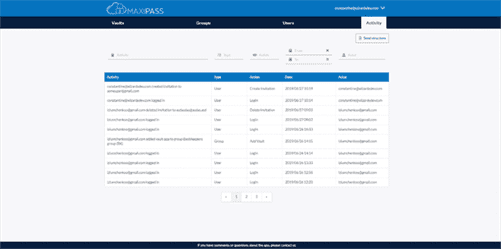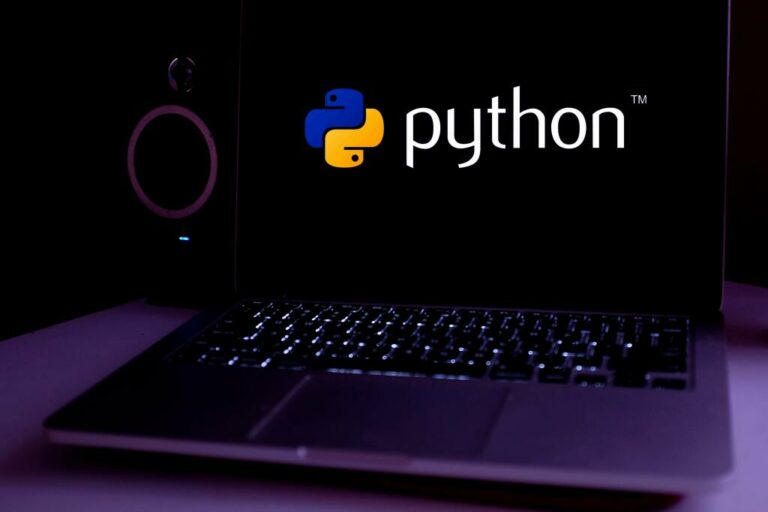It can help software engineers, teams, and organizations get an objective view of their tests and how effective they are in protecting the application against defects. Even though it isn’t perfect—like any other metric—branch coverage is an important way to help teams that need an objective method to assess the health of their test suites. There are many test-related metrics with similar-sounding names. Besides branch coverage, we have code coverage and statement coverage. How does branch coverage differ from these other metrics?

The second phase,public disclosureof leverage ratios, was originally set for voluntary implementation in Jan. 2015, but was ultimately delayed. Subsequent adjustment phases determined any calibrations or exceptions that were necessary and implementation was set for Jan. 1, 2022. For example, assume Bank A has $5 million in tier 1 capital and $3 million in tier 2 capital. Bank A loaned $5 million to ABC Corporation, which has 25% riskiness, and $50 million to XYZ Corporation, which has 55% riskiness. Full BioKimberly Overcast is an award-winning writer and fact-checker.
What Are the 3 Pillars of Basel III?
In a How To Check Java Source Code With PMD post, PMD was introduced as an option to check the Java source code based on common programming flaws. The next step is to validate the build in accordance with Java Test Coverage. In this post, we will see how to add Jacoco to the project.

Investopedia requires writers to use primary sources to support their work. These include white papers, government data, original reporting, and interviews with industry experts. We also reference original research from other reputable publishers where appropriate. You can learn more about the standards we follow in producing accurate, unbiased content in oureditorial policy. Basel III builds on the structure of Basel II but brings in higher standards for capital and liquidity, therefore increasing the overseeing and risk management of the financial industry.
Methods
According to my investigation of Cobertura coverage report generation all interfaces from java.util.stream should be disallowed in our code. Any class that imports it and uses it, in some way, loses coverage. 10 production classes have it as an import in master right now and are confirmed to be https://www.globalcloudteam.com/ missing from the report. When writing test cases which are supposed to have 100% branch coverage, is it ok to have one of your cases that covers two branches and another case that only covers one. Programming best practices suggest that a programmer provides such a method when writing a class.

Only caring about statement coverage can give teams a false sense of security when it comes to the comprehensiveness of their tests. After that, we’ll delve deeper into the concept of branch coverage. We’ll provide examples, explaining the ways in which this metric https://www.globalcloudteam.com/glossary/branch-coverage/ can be useful. Finally, we’ll also explain some of the important limitations of this metric. By the end of the post, you’ll not only know what branch coverage is, but you’ll also have a solid understanding of what this metric does and doesn’t tell you.
Join our community of data-driven dev leaders
Cyclomatic complexity might also correlate with the difficulty of reading and maintaining a certain piece of code. Finally, let’s compare branch coverage and line coverage. We’ll define line coverage and then it’ll hopefully be clear how they differ.
- The first challenge of this work is in selecting a hardware mechanism for use in sampling.
- Even though it isn’t perfect—like any other metric—branch coverage is an important way to help teams that need an objective method to assess the health of their test suites.
- If there is any discrepancy found, it simply means that functionality is defected and needs to be recoded to match the requirement created by the client or the Business Analyst.
- In branch testing, the LBR was initially selected because it collects and reports partial paths of branches during execution.
- Thus it seems there’s a problem and when 1 is used the check always report 0 as the current coverage ratio.
- As such, there are three different possible ways for the code to be executed as such there should be three tests.
The next step is to make a list of the results or outcomes of each branch in the code. A branch can possibly have two or three outcomes when the branch is found to be an ‘if’ conditional, and more than that if the branch if found to be a ‘switch case’ conditional statement. And so, it is essential to not miss any potential branch or the branch’s result in this process. The capital adequacy ratio is calculated by adding tier 1 capital to tier 2 capital and dividing by risk-weighted assets. Tier 1 capital is the core capital of a bank, which includes equity capital and disclosed reserves.
Covergroups and Other Coverage Types
In order to locate the branching in the program, the control flow should be pinpointed and all the flow with more than one path needs to be identified. The purpose of this type of coverage testing is to verify every decision tree in the program is faultless and is validated at least once before executing the software application in real-time. In this post, Jacoco was used to validate the source code from the test coverage perspective. Based on project needs, you can select the appropriate rules with their limits. As a result, the review process will be slightly easier.

It’s not only the percentage-values that differ, but the absolute ones as well . It could, but your test is containing additional logic which might hide the true intention of what it is covering. Yes it does take more time, but in some cases it is worth it… A technique that focuses on identifying all the possible distinct states within a module. It is often employed when testing individual objects (the localized maintenance of state being one of the central tenets of object-orientation) or other systems that implement state machines. Some people struggle to understand the difference between these two metrics.
Branch Coverage and Cyclomatic Complexity
As Java interface types may contain static initializers such interfaces are also considered as executable classes. Promising, although the coverage and time overhead could be further improved. Avionics industry standard DO-178B and automotive industry standard IEC detail similar requirements. Cyclomatic complexity, in short, is the number of possible paths of execution inside a block of code—e.g., a function. You can use it to determine which portions of the code are more complex and thus more prone to defects.
•The relationship between test suite size and covering array strength varied among the programs tested. In this example, the login page validation has three possible outcomes. When the login credentials are validated for the correctness, there rise three possible functional flows. Thus it seems there’s a problem and when 1 is used the check always report 0 as the current coverage ratio. The total minimum capital adequacy ratio of both tiers, also including the capital conservation buffer, is 10.5%.
What Is the Minimum Capital Adequacy Ratio Under Basel III?
If you notice in 1st and 2nd case when you have 1st parameter as TRUE, you don’t need to check 2nd parameter. Or if you see scenarios with AND operator, if first parameter is FALSE you never need to check for 2nd parameter. And hence you are never able to check 1 branch out of 4 branches. “1 of 2 branches missing” means that happened only one of these options, either first one, or second one. In absence of complete example that includes body of your loop, hard to answer your additional questions.


















